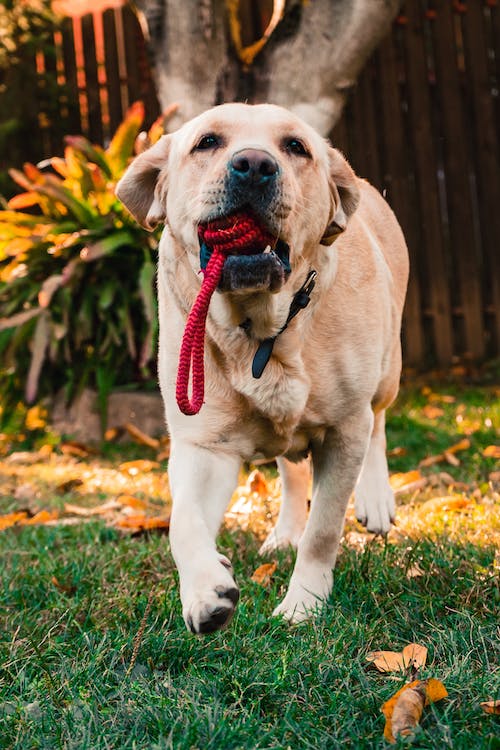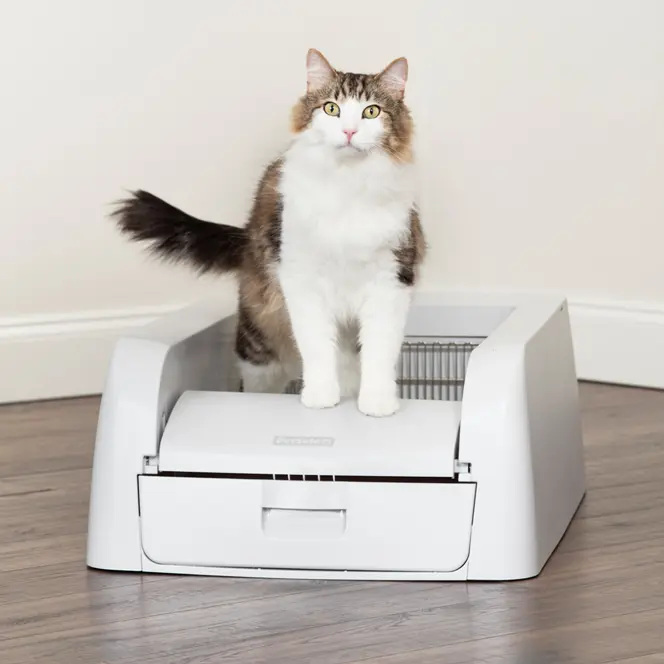As a dog owner, it can be worrying if you get the sense your dog doesn’t like you. Dogs thrive on human companionship, so noticing signs of dislike or aggression can make you question your bond.
But don’t panic. There are many potential reasons for such behaviors, and steps you can take to reverse them. With time and training, you can turn your relationship around.
In this article, we’ll cover the common signs a dog doesn’t like someone, and how to improve the relationship through proper handling techniques, socialization and training.
Signs Your Dog Doesn’t Like You
How can you tell if your dog harbors dislike or resentment versus typical naughty behavior? Here are some common indicators:
Avoidance
Does your dog seem to avoid being around you or actively move away when you approach? This may signal fear, anxiety or mistrust.
No eye contact
Maintaining little or no eye contact can point to insecurity and nervousness rather than affection toward you.
Raised hackles
When the hair along a dog’s neck and back stands up, it indicates feeling threatened or defensive.
Bared teeth
expose or flash teeth as a warning sign saying “back off!” Growling often accompanies teeth baring.
**Head lowered **
A lowered head while standing stiffly often precedes aggressive actions like biting, indicating your dog feels guarded around you.
Snapping and biting
Any snapping, nipping or full bites exhibits a lack of trust and comfort with that person. Immediate training is needed.
If your dog frequently displays behaviors like these, it likely signifies they don’t fully accept you. Targeted training can help reverse the warnings and build confidence.
Why Doesn’t My Dog Like Me?
If your dog seems standoffish, aggressive, or avoids you, some potential reasons may include:
Fear
Past abuse, lack of socialization, or trauma can make a dog fearful and distrusting of people.
Pain or sickness
Undiagnosed pain or illness can put a dog on edge, causing them to nip or snap unexpectedly.
Possessiveness
Dogs guarding valued objects like food, toys or sleeping areas may show aggression toward owners.
Handled roughly
Punishments, overly physical handling and restraint can make your dog dislike interaction.
Genetics
Some dogs are predisposed by breed toward wariness or protective behaviors around strangers.
Change in environment
Big changes like moving homes, new family members, or disrupted routines can make a dog feel insecure.
Pinpointing the root cause will allow you to take the right corrective steps. While not a quick fix, rebuilding trust is very possible in most cases.
How to Get Your Dog to Like You Again
If your dog demonstrates aggressive or wary behaviors toward you, don’t despair. Here are some proven techniques to rebuild your bond:
Respect their space
Avoid hugging, restraint, crowding, looming over, or other actions that can seem intimidating. Let them approach you.
Reward positive interactions
Use high-value treats and praise to reinforce when your dog voluntarily comes near, maintains eye contact, or seeks affection.
Keep handling gentle
Use only positive reinforcement techniques. Never punish fearful or aggressive responses.
Establish a routine
Consistent feeding, walking, play and training sessions build security.
Use calming aids
Pheromone diffusers, treats, or medications can lessen a dog’s anxiety and stress.
Consult professionals
For severe cases, work with veterinary behaviorists, certified trainers and board-certified veterinary nutritionists. Medical issues may need treatment.
Exercise patience
Rebuilding trust takes immense time and consistency. Avoid frustration and remain calm during interactions. Progress will come.
While the road may be long, restoring that special bond with your dog is absolutely achievable. With devotion, proper handling and professional guidance when needed, he can become your best friend again.
When to Call the Vet
If your dog shows sudden aggression, simultaneously exhibits other symptoms like vomiting or limping, or faces fear/anxiety that impedes normal function, contact your vet. Medical issues requiring treatment could be at play.
Veterinary behaviorists can also design targeted behavioral treatment plans in severe cases of aggression. Your regular veterinarian can refer you to these specialized experts.
Common Questions
Why does my dog growl at me for no reason?
Dogs may growl due to fear, possession aggression, pain, genetics, or handling/discipline mistakes. Determining the cause through careful observation allows proper behavior modification.
How do I discipline my dog for being aggressive?
Never punish growling or aggression – this will only worsen the behaviors. Instead use reward-based training, management techniques, and professional help for long-term improvement.
My newly adopted dog is terrified of me – what should I do? It’s common for rescue dogs to need time acclimating to a new home. Have patience, gently build trust through scheduled feeding and playtime, and let them approach you first before petting. Positive reinforcement helps them overcome fear.
Why does my dog bark and bite me?
If this occurs while squirming when you handle or restrain them, they likely dislike the sensation. Use more positive handling, don’t force interactions, and teach them to associate touch with rewards.
Why does my dog nip at my face and growl? Dogs who nip faces often do so during petting because they’re overstimulated. Avoid petting their head, give them an outlet to redirect their nipping impulse, and reward them for settling calmly instead.
While aggressive dog behavior can be upsetting, understanding the source will help you address it properly. With time, effort and professional guidance tailored to your dog’s needs, they can learn to trust you fully. Reach out to your vet with any questions.


